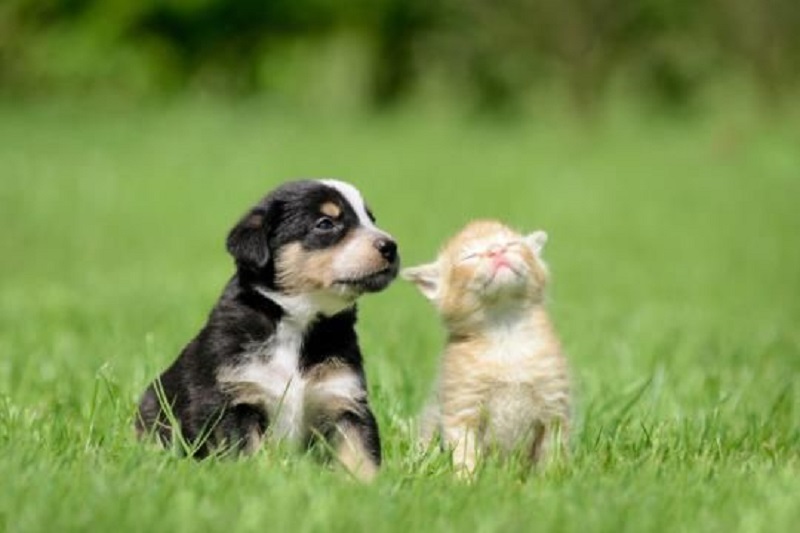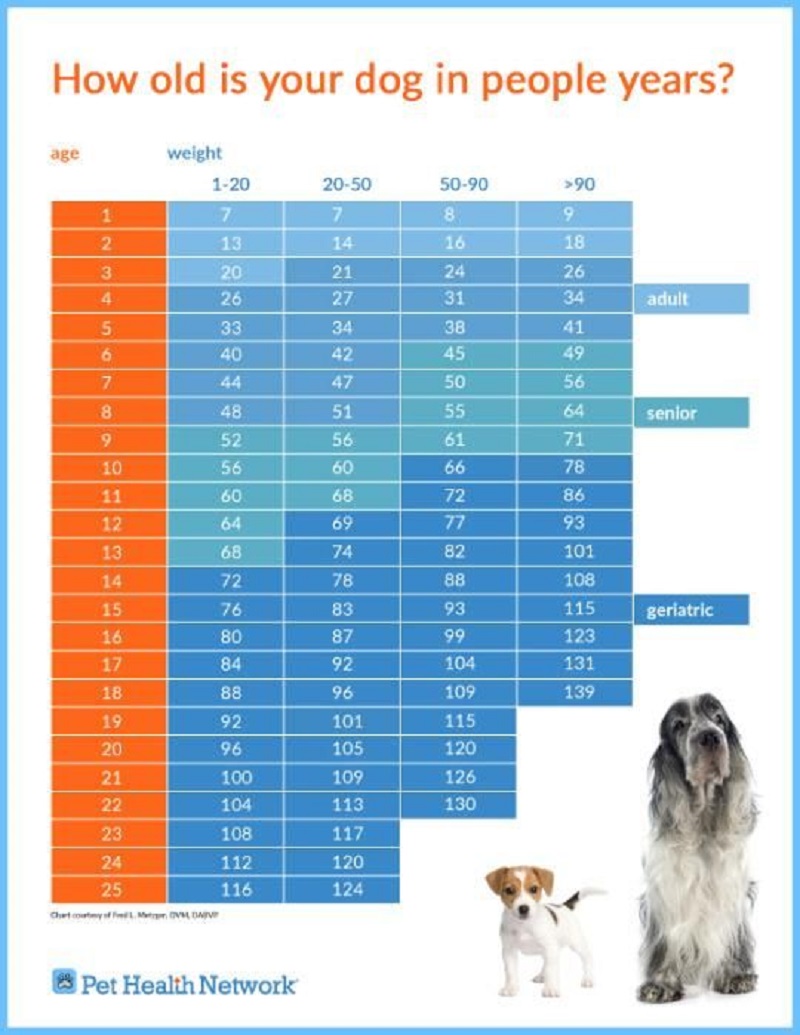- Joined
- Jan 25, 2014
- Messages
- 11,992
- Reaction score
- 1,413
- Points
- 159
The Right Way to Calculate a Cat or Dog’s ‘Human Age’ (Don’t Just Multiply by 7!)
Yahoo! | By Heather Cha | December 25, 2015
SOURCE
Yahoo! | By Heather Cha | December 25, 2015

The old rule of thumb for calculating a pet’s age in “human years” is simple: Just multiply by 7. By that common guideline, a 3-year-old cat is a young adult, equivalent to a human 21-year-old. And a 10-year-old dog is akin to a human retiree.
Unfortunately, this explanation doesn’t quite paint the full picture of how pets age.
In fact, a dog’s aging process is accelerated during the first few years of maturation and then slows down after that. After one year, a dog is actually considered to be 15 in human years.
Further, the specific breed of dog plays a factor in lifespan. Smaller dogs tend to live longer than medium-size dogs, who in turn live longer than large dogs.
“Although smaller dogs tend to live longer than larger dogs, they may mature more quickly in the first few years of life,” says the Lawrence Vet Hospital in Lawrence, Kan. “A large dog may mature more slowly at first but already be considered elderly at age 5. Small and toy breeds don’t become ‘seniors’ until around age 10. Medium-size breeds are somewhere in the middle in terms of maturation and lifespan.”
This Pet Health Network chart, courtesy of Fred L. Metzger, DVM, DABVP, offers a handy guide.

The Pedigree website provides an automatic dog age calculator for those who don’t want to bother with the chart. Simply select your dog’s age and breed from the drop-down menu and the site will give you your dog’s age in “human years.” Of course, these charts and calculators are just guidelines. Owners should ask their vet about their pets’ specific aging issues.
What about our feline friends? Like dogs, cats mature more quickly during the first couple of years and reach adulthood relatively soon, but then age at a slower rate as time goes on.
The International Cat Care group provides an excellent feline version of an age chart. A year-old kitty is the equivalent of 15, just as with dogs.
By its second birthday, a cat has matured to about the same point as a human in his or her mid-20s. But from then on, you can add four “cat” years for each subsequent human year.
On average, Siamese and Manx breeds are said to live the longest, according to Purina. Some rare felines live past the age of 30 — which is pushing 150 in human years.

SOURCE
